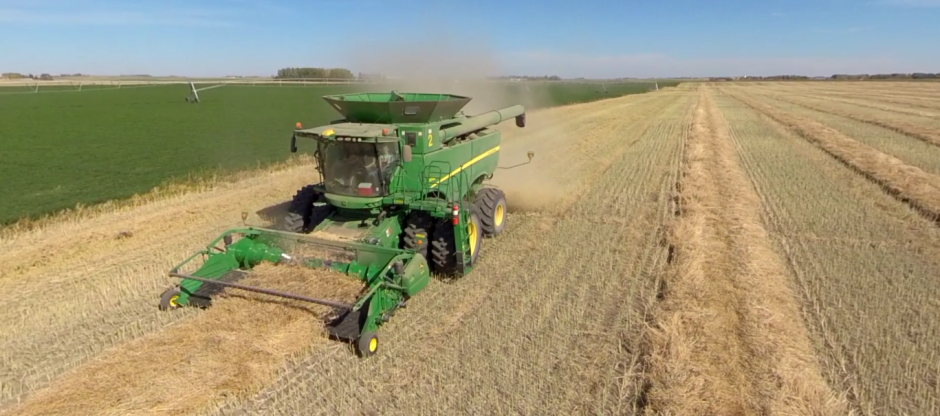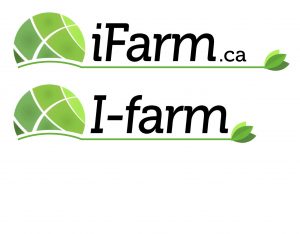Marc Schober likes to say that farmland is the new gold, a hot investment that offers protection from the whims of the stock market.
In fact, it’s better than gold, the 25-year-old explains, tromping through a muddy field in southern Minnesota near Albert Lea, that he’s vetting for potential East Coast buyers. Cropland pays you money to hold it, he says. Gold bars don’t produce anything, and you can’t charge rent on them.
That type of bullish thinking has investors of every stripe flocking to farmland, plowing money into dirt from Australia to Brazil to the U.S. heartland. Compared to the volatile stock market and the feeble returns from bonds, farmland offers booming cash rents that have made it something of an “it” investment.
Schober’s investors, some of whom are “Wall Street guys that run securities funds,” see farmland as a hedge against inflation, he explains. “They’re extremely turned on to the return profile — it’s such a steady increase.”
Brian Briggeman, a former Kansas City Federal Reserve Bank economist now at Kansas State University, estimates that about a quarter of farmland buyers are now investors, or non-operator buyers of some sort. How many are Wall Street-type players is impossible to say.
The entrance of new money has fed fears of an asset bubble, although most see investors as more of a symptom than a driver of high prices.
Paul Magnuson, a 50-year-old investment manager from Dallas, likes farms so much that he bought five over the past two years — one for each of his children.
He found them through Farmers National Co., a large farm management company in Omaha, Neb., that has amassed 5,000 farms in 24 states. It manages the properties for non-operating landowners, corporate owners and investors such as Magnuson.
Magnuson’s day job is managing mutual funds for a unit of insurance giant Allianz. But he was born in a small town in Nebraska, he explains, and his father grew up on a farm. He wants to pass on some of that heritage to his children. Plus, he thought the farmland was the soundest investment he could make.
Over the past decade, U.S. farmland has returned an average of 15.5 percent a year, according to a widely watched index from the National Council of Real Estate Investment Fiduciaries. That compares with about 4.1 percent for the Standard & Poor’s 500 stock index and about 1.8 percent for 90-day government bonds.
Gold? About 19 percent.
Not everyone is thrilled about the new breed of investors making a pure financial play. George Boody, head of the Land Stewardship Project in Minneapolis, said he’s worried that “the Wall Street shareholder model” focuses too heavily on wringing profits from the land.
The new owners are more likely to overlook important concerns for rural communities, Boody said. These include the need for crop diversity — not just commodity corn for animal feed or ethanol — and the necessity of conserving wildlife habitat and buffers to help filter water draining into polluted rivers.
“We’ve pushed the system too far,” Boody says.
Schober says investors typically leave the farming and crop choice to the farmers. After all, he said, that doesn’t affect the rent they’re pocketing. Commodity markets dictate what farmers will grow, he said, regardless of whether they own or lease the land.
“Farmers know how to be good stewards of the land,” Schober said.
Schober motors around the Midwest for Colvin & Co., a farm investment firm with offices in New York and Anoka, Minn. As he hikes across a field near Albert Lea, he frets about getting mud on the Red Wing boots his parents gave him for Christmas.
His age throws off some farmers at first, he acknowledged. But he said they quickly realize he knows the business once he starts talking.
Schober’s boss in New York is his brother-in-law Greyson Colvin, a former UBS investment bank research analyst. Colvin seeks out buyers. Schober scours the countryside for farms coming on the market. The target: land where owners can charge at least 5 percent of the purchase price in rent.
The firm has clients lined up waiting for farms. Most of them are sophisticated investors with a net worth of more than $1 million.
The company’s website shows a quartet of combines roaring through an expansive wheat field. It urges potential investors to “Own a piece of America’s Heartland.”



Yes, it’s a good investment for sure.